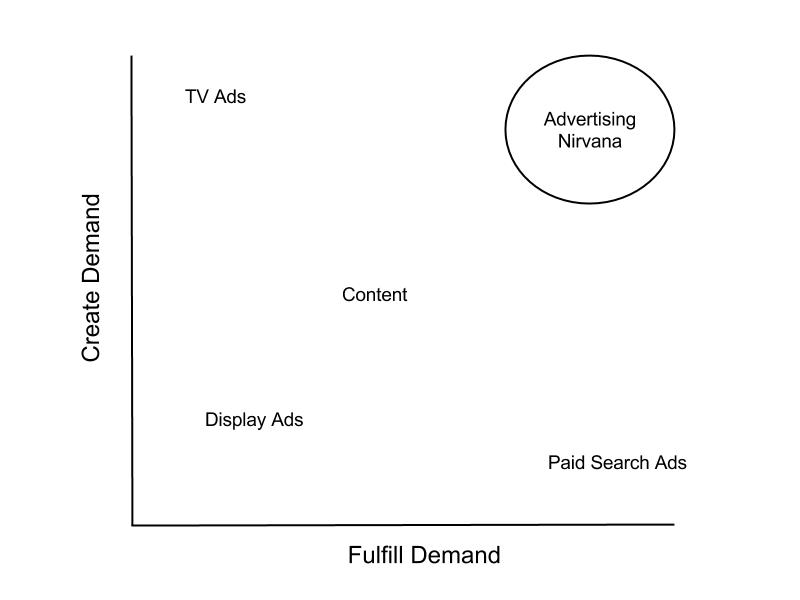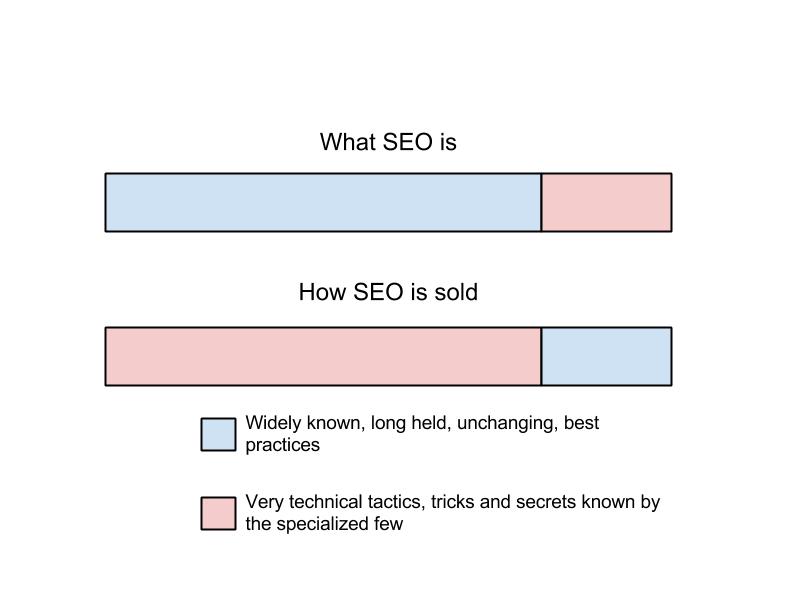In 1906 John Phillip Sousa held a very low opinion of the emerging and upstart recording industry during his lifetime. In a submission to a congressional hearing, he argued,”These talking machines are going to ruin the artistic development of music in this country. When I was a boy…in front of every house in the summer evenings, you would find young people together singing the songs of the day or old songs. Today you hear these infernal machines going night and day. We will not have a vocal cord left. The vocal cord will be eliminated by a process of evolution, as was the tail of man when he came from the ape.”
Author Lawrence Lessig comments, “Looking at the 20th century it would be hard not to conclude that Susa was right. Never before in the history of human culture had it been as professionalized, never before as concentrated, never before has the creativity of the millions been so effectively displaced, and displaced because of these “infernal machines.” We have handed over creating to those “professionals” and have left all the creation up to them.”
Writer Aldous Huxley concurred with his statement saying, “In the days before machinery men and women who wanted to amuse themselves were compelled, in their humble ways, to be artists. Now they sit still and permit professionals to entertain them by the aid of machinery. It is difficult to believe that general artistic culture can flourish in this atmosphere of passivity.”
Creative talent that demands payment is a very rare and very precious commodity. Not everyone has it. As a matter of fact, hardly anyone has it. But I don’t think that should stand in the way of us thinking of ourselves as singers, writers, painters and actors. Just because we will never be as good as Bob Dylan or Meryl Streep doesn’t mean we should limit ourselves.
Does encouraging people to pursue their artistic dreams do more harm than good? So many people will never “make it.†After all of their toil the outcome will at best be parked out in the “long tail,†selling only to our uncle Sam and a few demented fans. I think the fact that you want to, and can do it, is reason enough.
Amuse yourself by creating something instead of passively handing entertainment over to “professionals.†Do it because you feel like you need to regardless of any monetary gain.
Bill Watterson’s advice is essential: “We need to do more than find diversions; we need to restore and expand ourselves. Our idea of relaxing is all too often to plop down in front of the television set and let its pandering idiocy liquefy our brains. Shutting off the thought process is not rejuvenating; the mind is like a car battery-it recharges by running.â€


